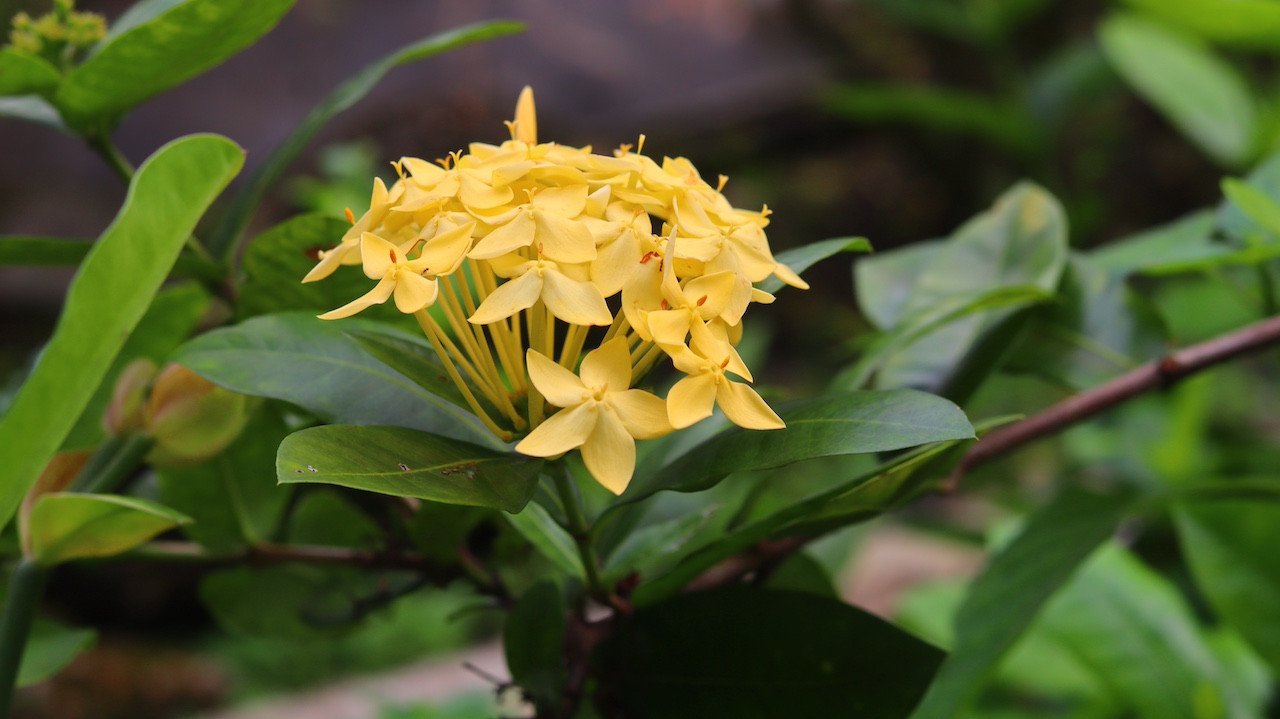Tips for Photographing Stunning Landscapes
Landscape photography is one of the most exciting genres of photography, providing the opportunity to capture the beauty of nature in all its glory. However, to produce stunning landscape photos, it takes more than just a good camera and a beautiful view. Here are some tips that can help you photograph stunning landscapes.
1. Choose the Right Time
Time is one of the most important factors in landscape photography. The best time to photograph landscapes is usually during the "Golden Hour", which is the period after sunrise and before sunset. At this time, sunlight is softer and warmer, providing long shadows and dramatic lighting effects. Blue Hour, which is the time before sunrise and after sunset, is also a great time for landscape photography because it produces amazing colors.
2. Pay attention to composition
Composition is key in photography. Use the rule of thirds to place important elements in your photo at one of the four points where the lines of thirds meet. Additionally, look for natural lines in the landscape, such as shorelines, roads, or rivers, that can guide the viewer's eye into the image. A strong foreground, middle ground, and background can also add depth and dimension to your photos.
3. Using a Tripod
A tripod is a very important tool in landscape photography, especially if you are shooting in low light conditions or using long exposures. A tripod helps keep the camera stable, preventing camera shake which can result in blurry photos. With a tripod, you can also try various photography techniques, such as HDR (High Dynamic Range) and panoramic photography, which require extra stability.
4. Utilize Filters
Filters can be your best friend in landscape photography. Polarizing filters help reduce reflections from water and glass, increase sky contrast, and enrich colors. ND (Neutral Density) filters allow you to use slower shutter speeds to produce subtle motion effects on waterfalls or moving clouds. Gradient ND filters can help balance exposure between bright skies and dark ground.
5. Explore Different Points of View
Don't be afraid to try different points of view. Try to take photos from a low angle to provide a unique perspective, or from a high angle to capture the entire scene. Walk around the site to find the best angle and don't hesitate to climb up or down a little to get an interesting composition.
6. Using the Right Lens
The lens you use will greatly influence the results of your landscape photos. Wide-angle lenses are often the main choice in landscape photography because they are able to capture wide views and provide greater depth. However, a telephoto lens can also be useful for capturing distant details and compressing space, providing a dramatic effect.
7. Understand Camera Settings
Mastering your camera settings is essential for photographing landscapes. Use manual or semi-manual modes such as aperture priority to control depth of field. Use a small aperture (large f number) such as f/8 or smaller to get a wider depth of field. A low ISO, such as ISO 100 or 200, helps reduce noise in the image. Don't forget to check the histogram to ensure proper exposure.
8. Shooting in RAW Format
Shooting in RAW format provides greater flexibility in photo processing. RAW files retain more detail and information than JPEG files, allowing you to better correct exposure, white balance, and color in post-production. Although RAW files are larger, their advantages in terms of image quality make them worth using, especially for landscape photography.
9. Keep the Lens and Sensor Clean
Cleanliness of the lens and sensor is very important for getting clear and sharp landscape photos. Dust or dirt on the lens or sensor can cause spots or scratches on your photos. Always carry a microfiber cloth and blower to clean your equipment in the field.
10. Develop a Personal Style
Finally, try to develop your own personal photography style. Experiment with different techniques, settings, and compositions until you find the way that best suits your artistic vision. Remember that photography is an art, and every photo is an opportunity to express your creativity.
By applying the tips above, you can improve your landscape photography skills and produce stunning photos. Always remember to be patient and keep practicing, because every photo is a step towards perfection



















Comments (0)